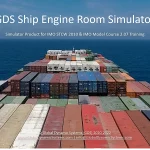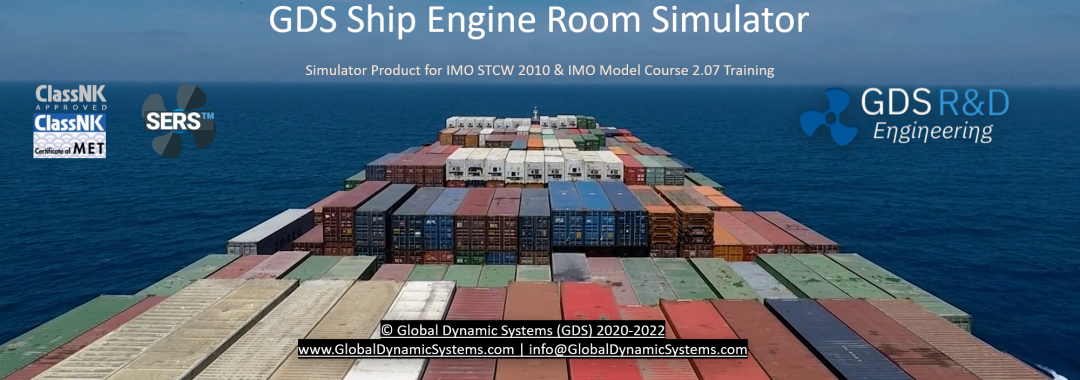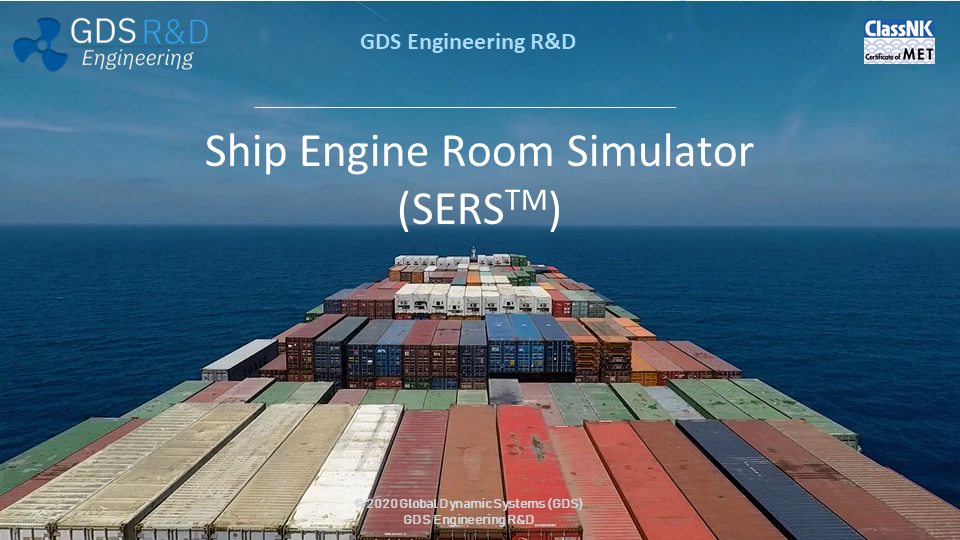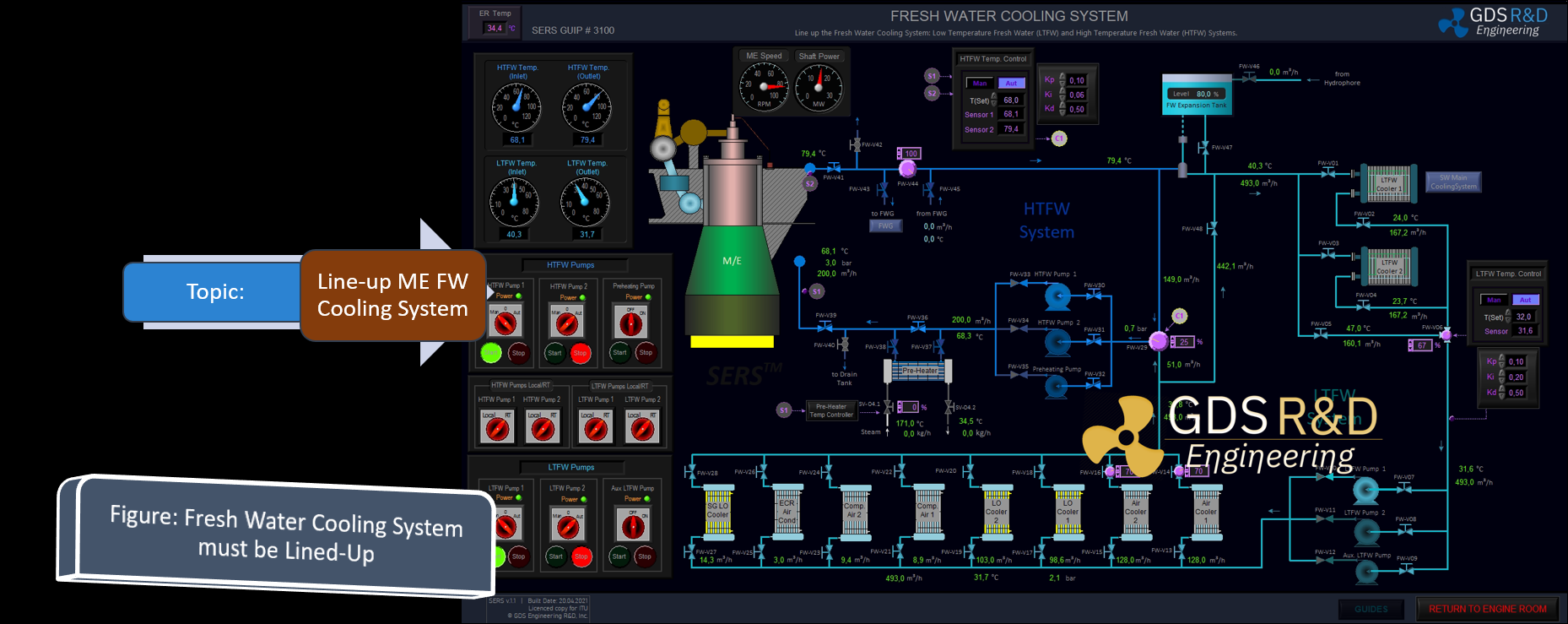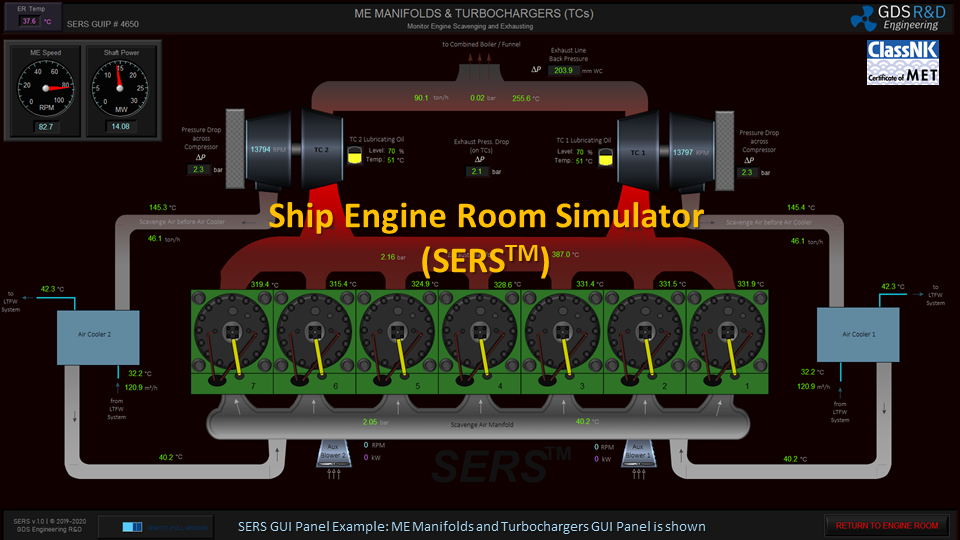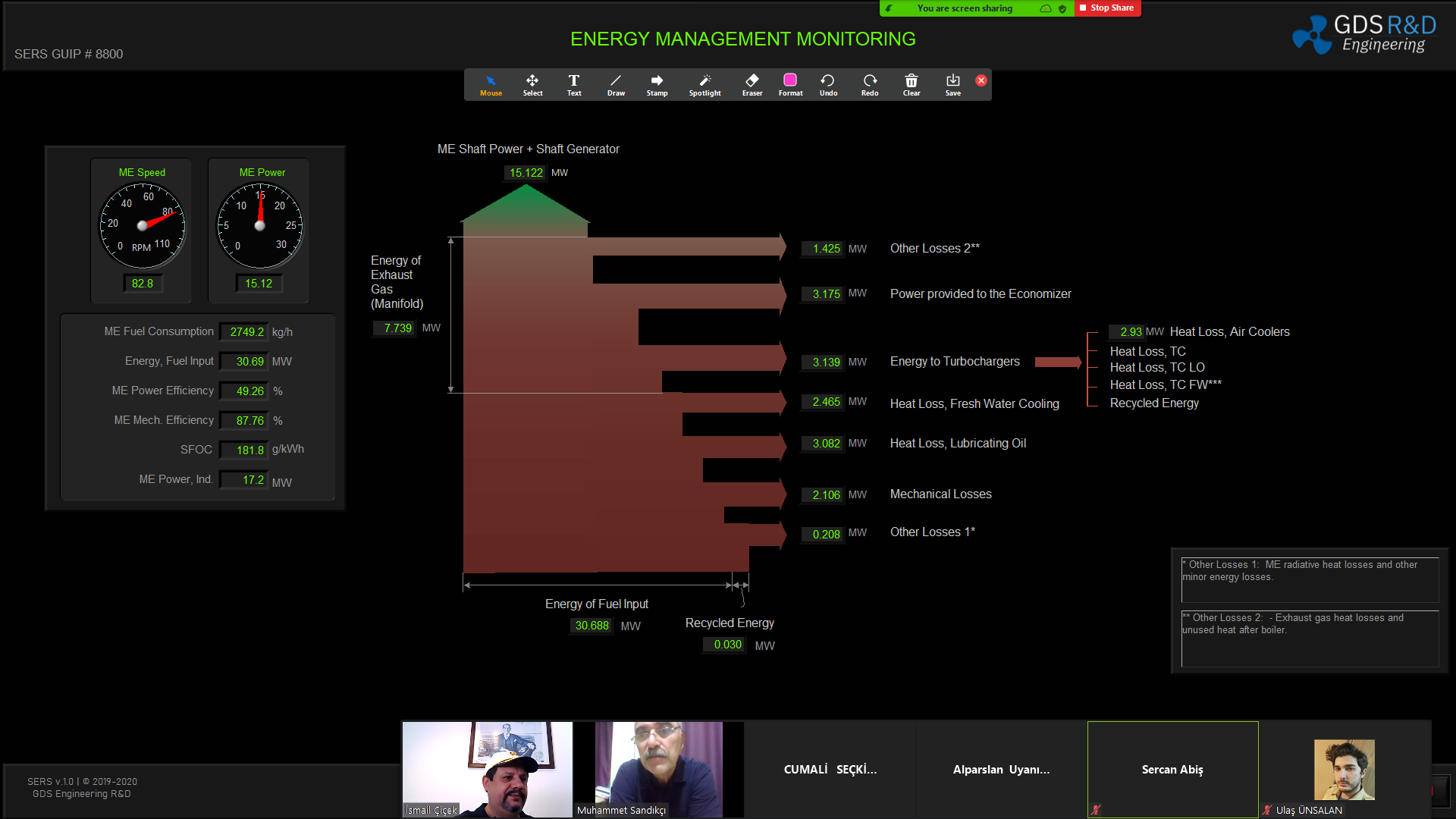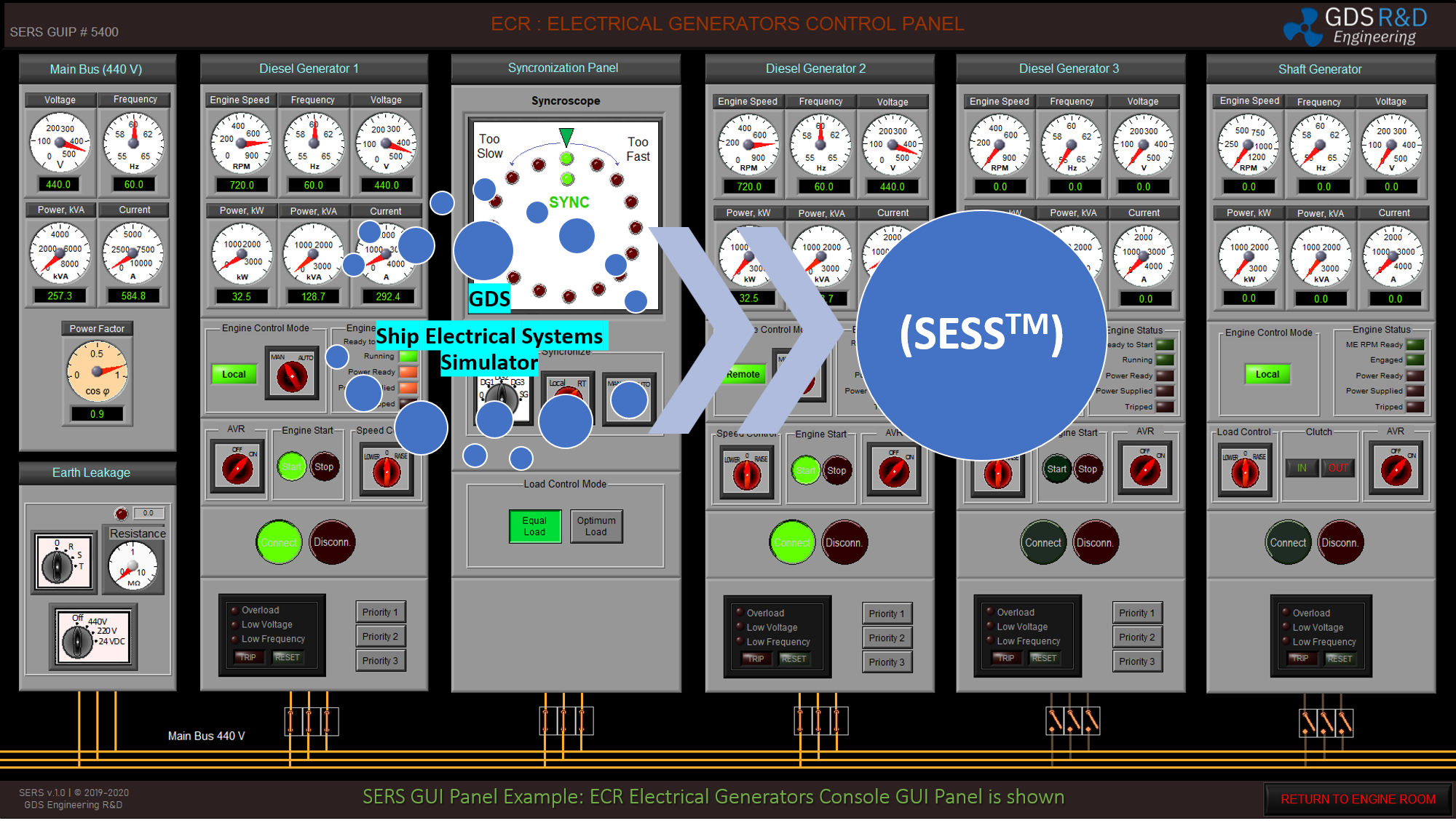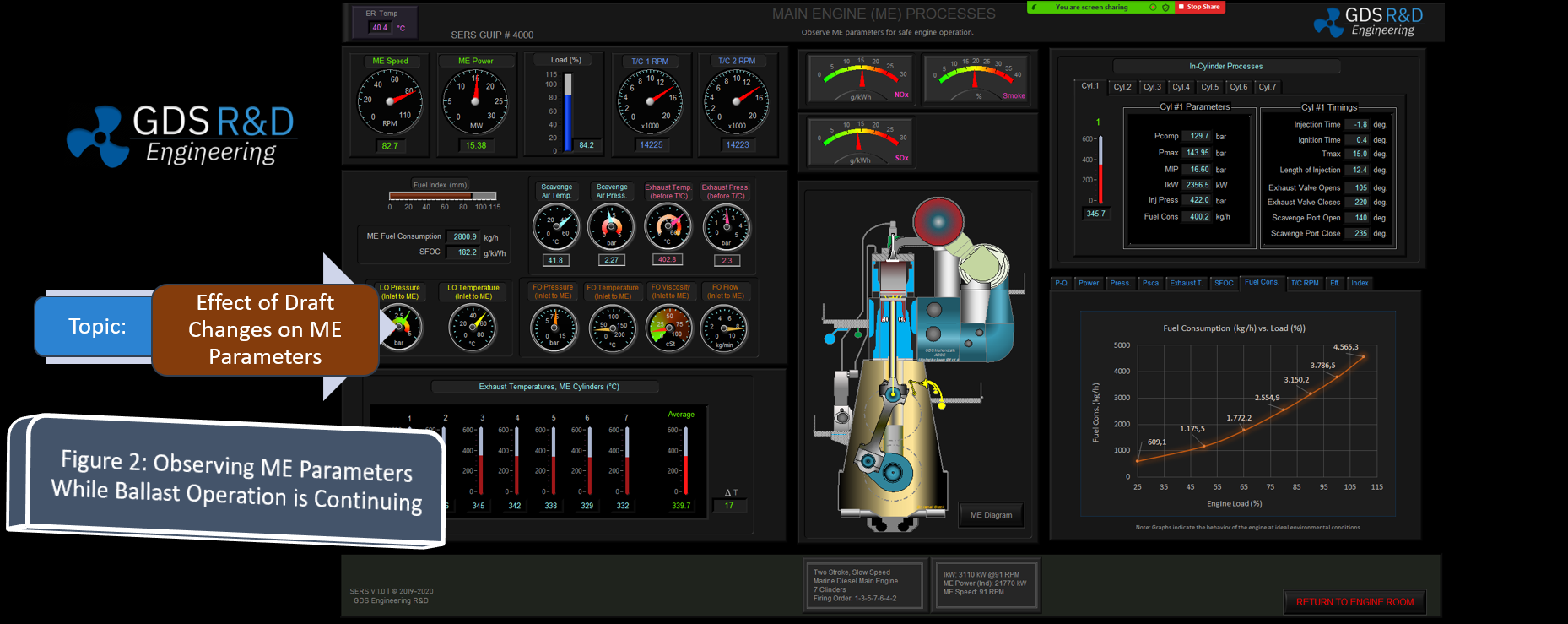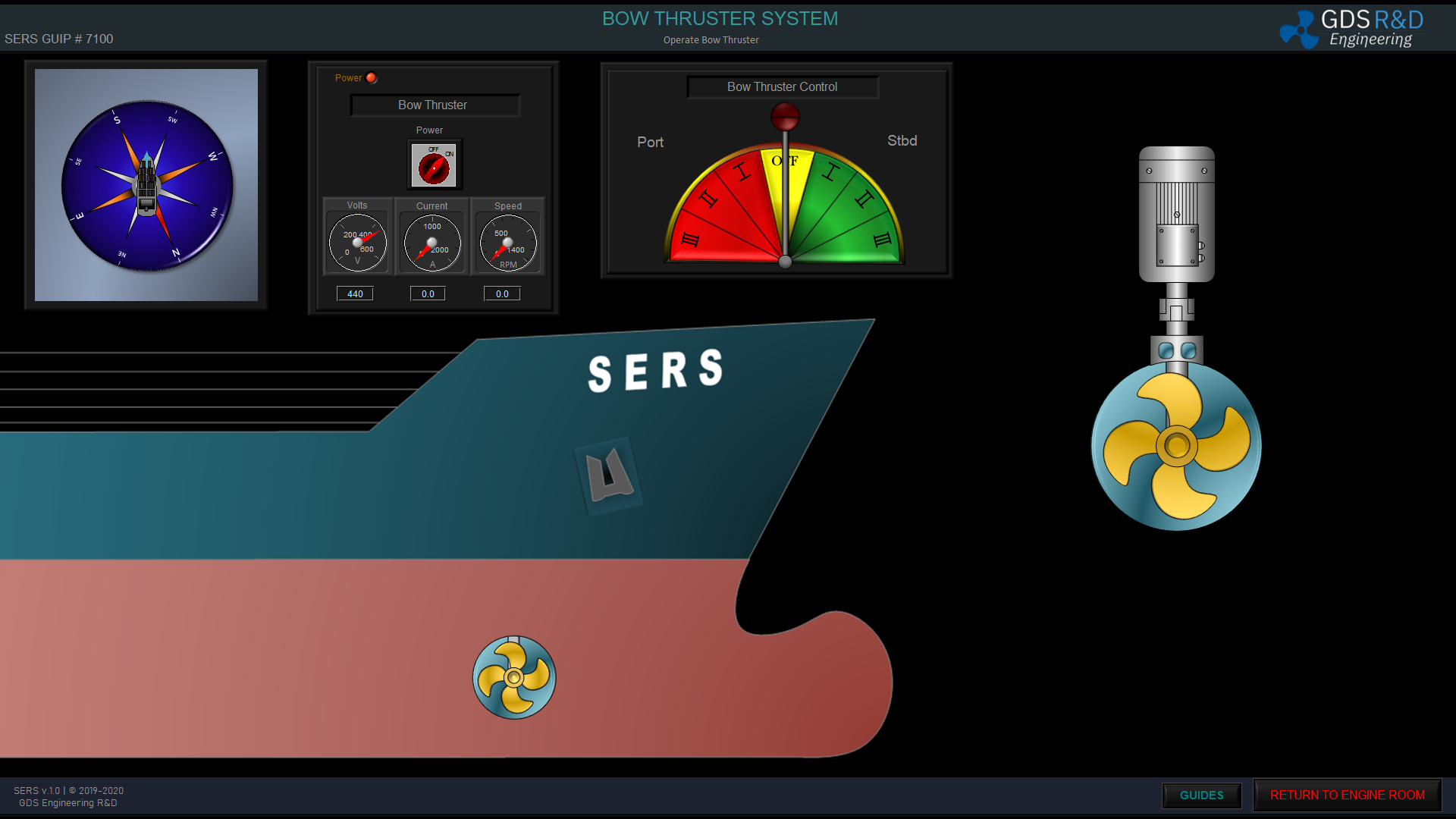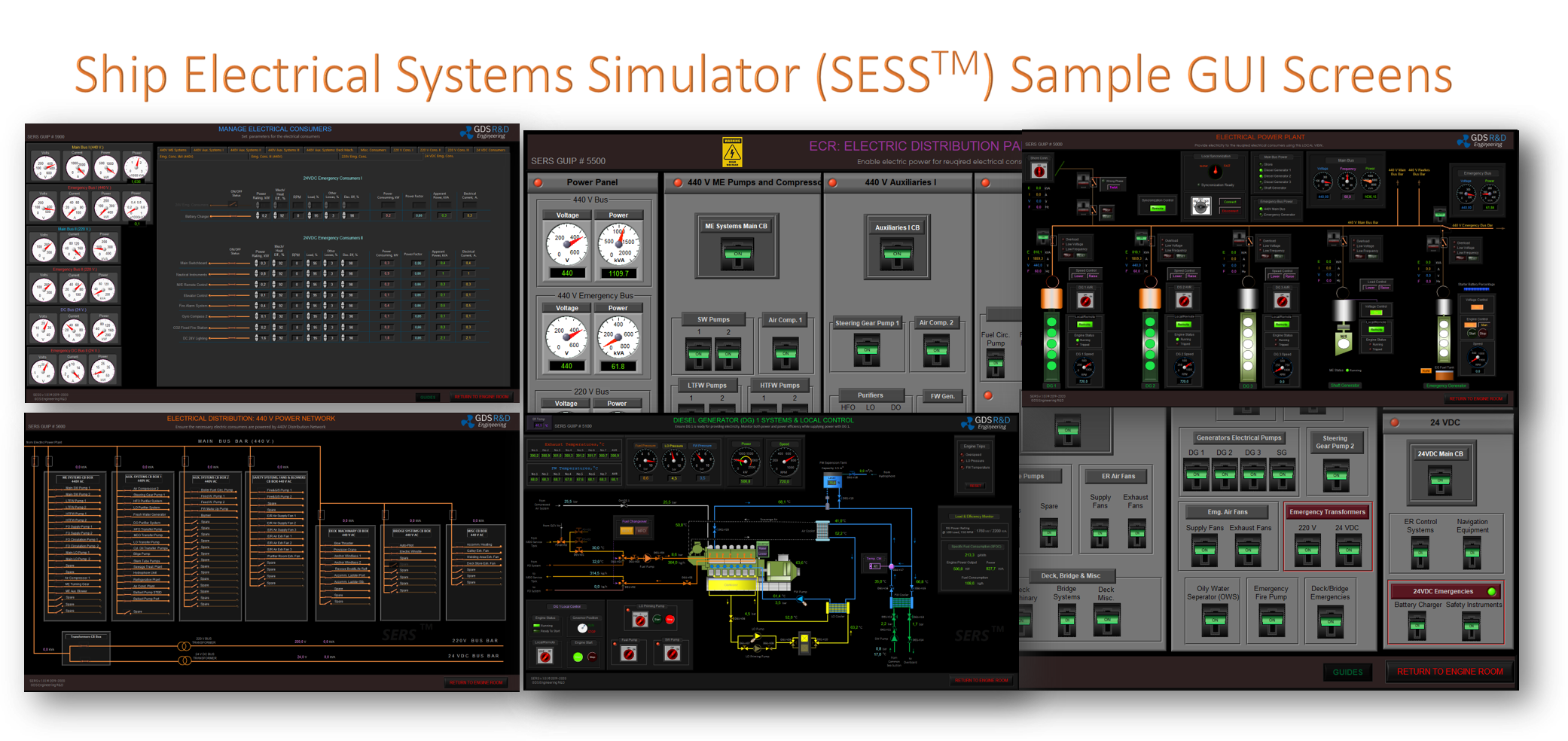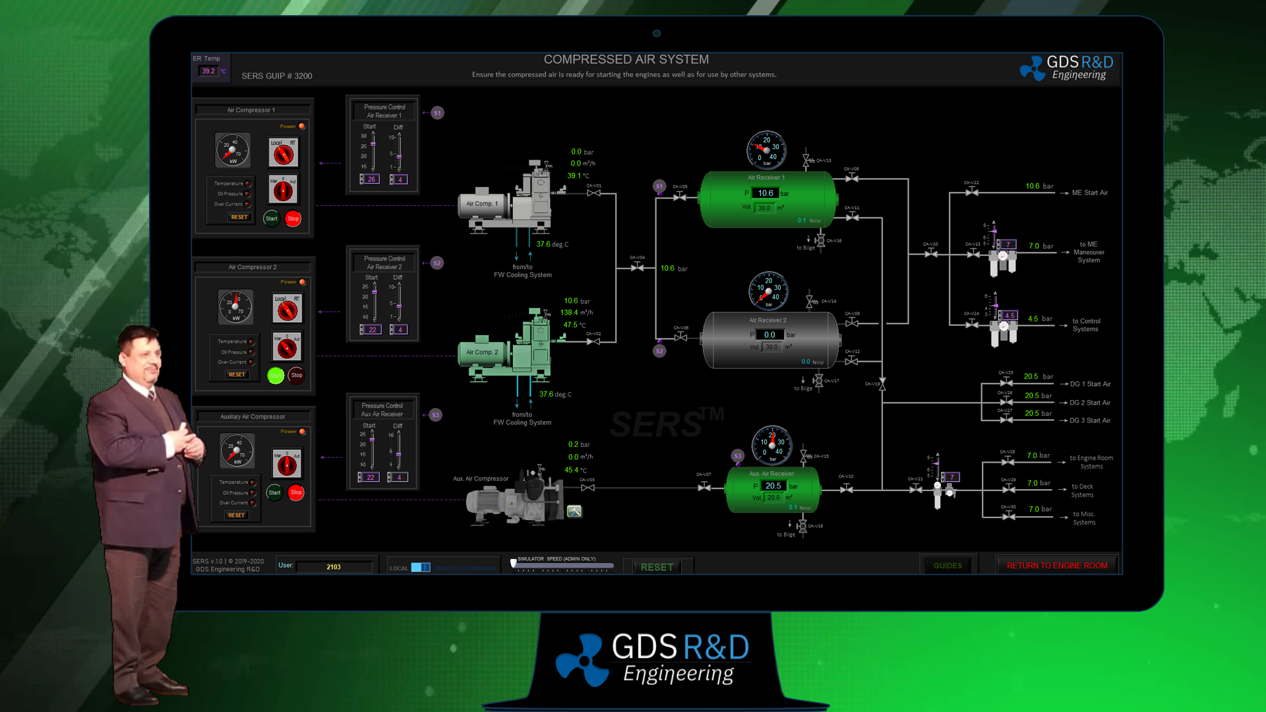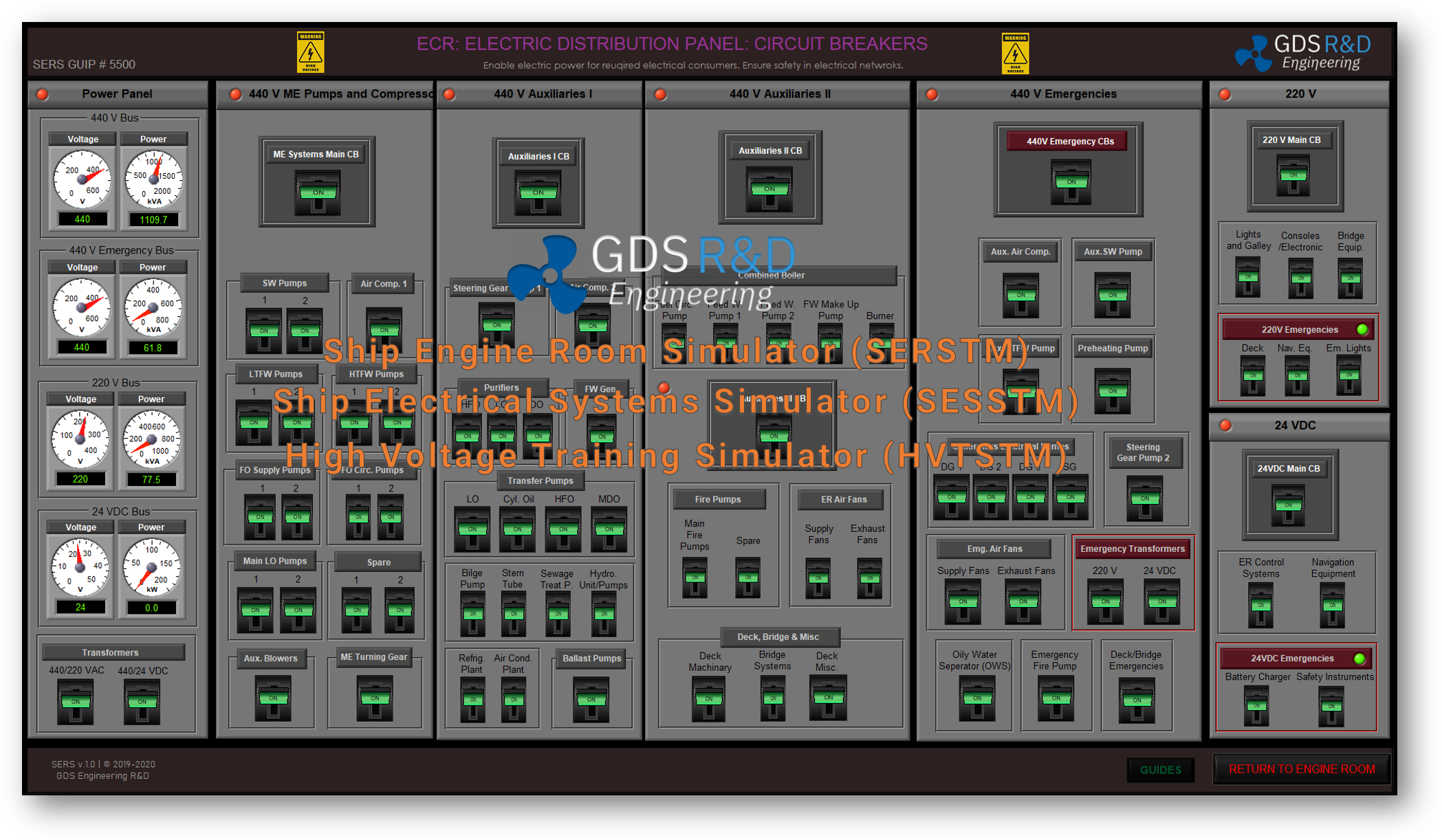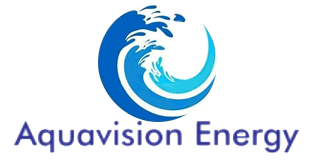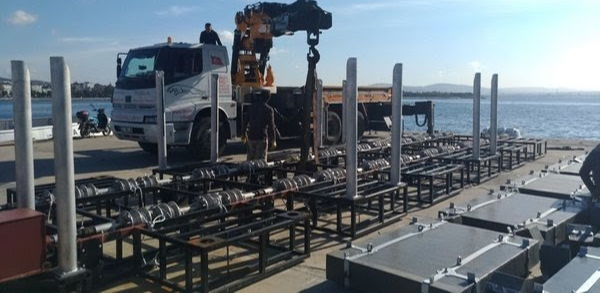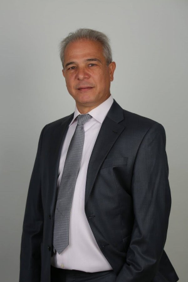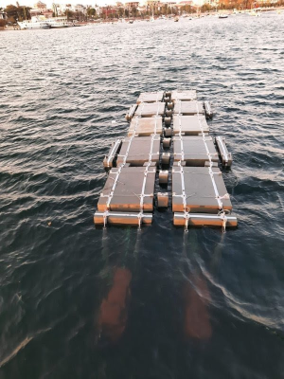GDS Engineering R&D is a research and development company, established by the academicians employed at Istanbul Technical University Maritime Faculty, Tuzla, Istanbul. GDS SERS Development Team has been utilizing engine room simulators since 2001, every year for training of marine engineering students with the following two engineering courses:
ERS I Operational Level Simulator Course: This course is for STCW Operational Level Proficiency Training after completing other Operational Level Courses at 4-year-university level. It is 4 hrs a week continuing for 14 weeks per semester. Each student must take this course to be eligible for long term training onboard a ship.
ERS II Management level Simulator Course: This course is to satisfy the proficiency levels for Management Level. It is 3 hours for 14 weeks and each student must complete the onboard training and then after completing this class for graduation.
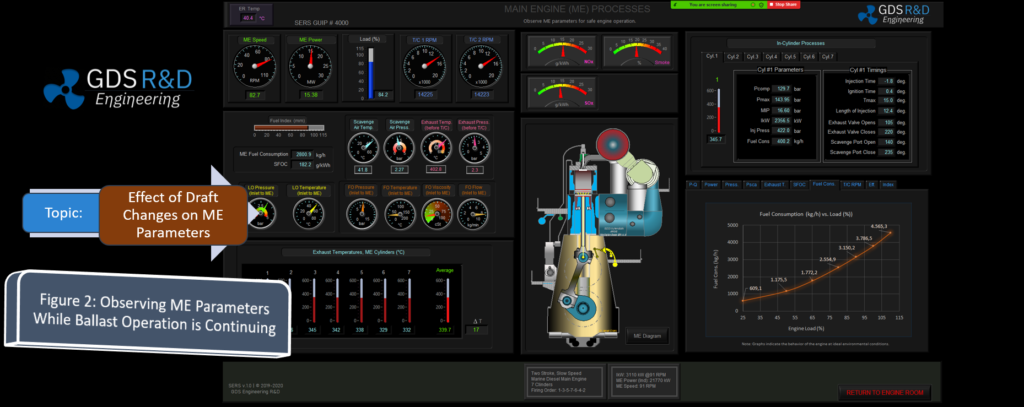
Through using simulators in both of these courses since 2001, we gained a good level of expertise on the use of simulators in Maritime Education & Training. Our team has also provided Training of Trainers courses IMO Model Courses 6.09 and 6.10. Some of our team members provided on site training at other Turkish institutions and became experienced on using simulators developed by various manufacturers.
Experienced in academic, engineering, and simulator courses, we have started describing a new simulator, aiming to provide an engine room simulator with the following important characteristics:
- Reduction of Learning Time of the Software to Focus on Engine Room Systems Training:
- Having different mouse key assignments or keyboard shortcuts in a simulator for various software functions and controls make the software much more complex to use and that affect the training objectives negatively. Therefore;
- SERS provide a much less complex user interface allowing trainees focus on the professional tasks for “running the engine room systems” rather than “running the simulator.”
- All GUI panels are easily displayed or closed:
“1-Click” Approach for ease of use:
- All sysems are operated with a left mouse click.
- All software functions are activated with a left mouse click.
- All selections are made with a left mouse click.
- No hidden functions or keys to use for activating a specific panel.
Fidelity and Realism
-
- Having a more accurate approach on how to display and how to operate the systems and components.
- Realistic functionality of pumps, compressors, engines, etc. with mathematical modeling reflecting the realistic time durations and process dynamics.
- Realistic remote and local control for the pumps and compressors.
- Realistic graphical user interface for electrical system (Circuit Breakers, Remote Panels, Synchronization Panel, etc.)
- Piping and Instrumentation Diagram (P&ID) objects, such as valves, are designed and shown in accordance with the respective international standards. Also, real engine rooms are studied to understand and display the controls, valves, and similar objects with a more understandable object design.
- Pipe colors are selected to fit to the international standards. This provides a more comprehensive maritime education approach and ensures enough practice opportunity for diagram reading in the real engine room.
- Components are created with various drawing and design software packages, then they are animated for better understanding, and better on-off state indications. For example, trainee could understand a pump is turning and could see there is a flow in a pipe with both color change and observed parameters.
- Enough/necessary parameters displayed to understand the engineering principles.
- Emphasis on Safety Systems (CO2 Fixed Fire Installation system is included as a separate panel)
- Emphasis on Upcoming Regulations or Technology (Inclusion of ME Denoxification system as a separate panel).
- Basic sounds (alarms and engine sounds) are implemented. Alarms are implemented appropriately as in the real environment with SILENCE, ACKNOWLEDGE and RESET buttons.
Unique Assessment Features
SERS provides direct evaluation methods with objective evidence of training with the following training outputs:
- A text based training report generated for each trainee for each training session.
- Screen captures generated for each user action and recorded in a historic time order, allowing to monitor and display the complete flow of the trainee actions.
- Instructor monitoring and reaction time display and record for each trainee.
- Trainee tools to easily record and maintain the training records.
- More Accurate Philosphy is developed for use of SERS for a more Efficient and Realistic “Team Management” Training
- “Repeating all functions in distributed computers” approach cause students tend to complete all training functions from one computer only. However;
- SERS architecture allow for distributing panels to different units without repeating. Student must complete the task from its designated location.
